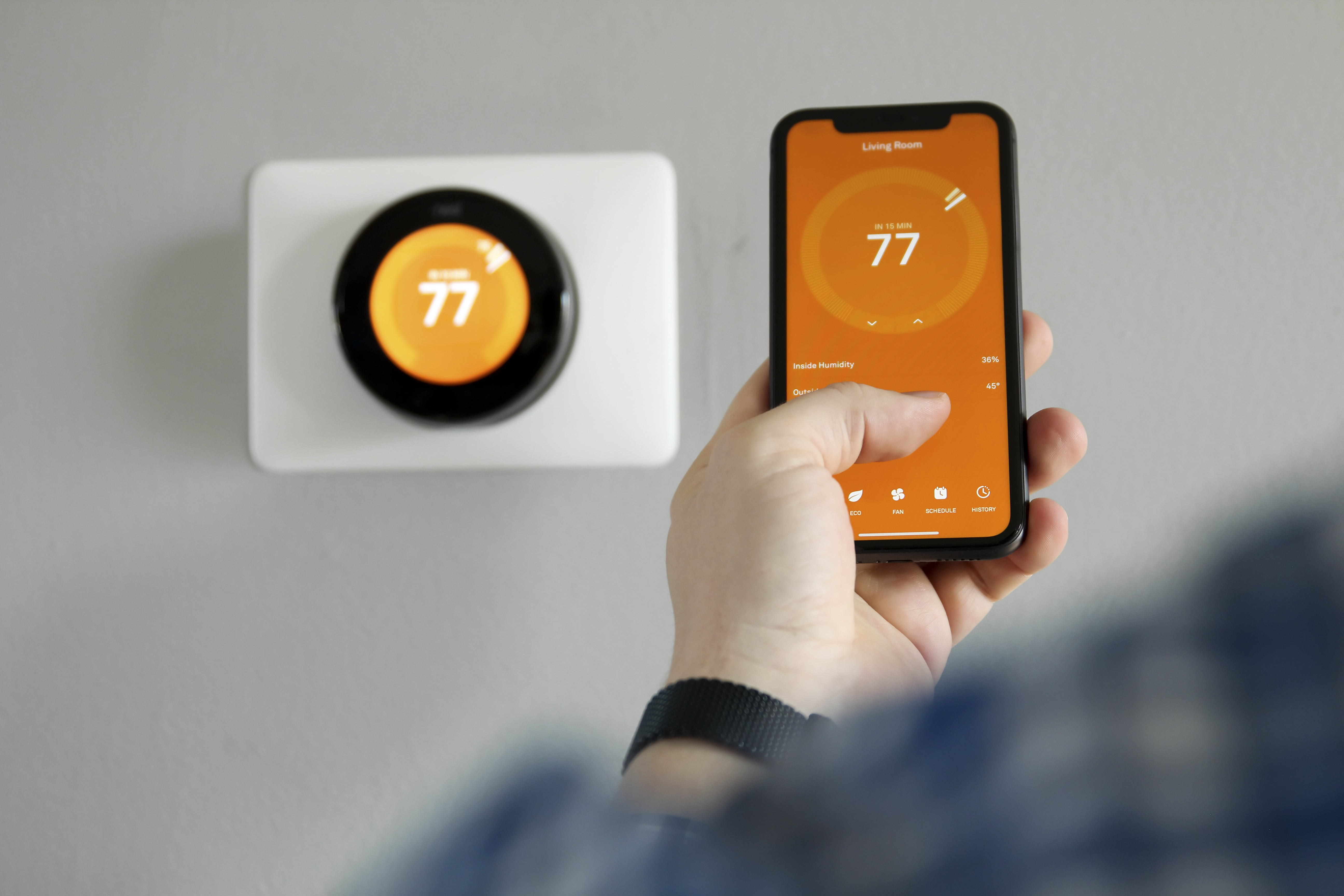Demand response programs are becoming an increasingly popular way for homeowners to manage their energy usage and save on electricity bills. These programs, typically offered by utility companies, allow customers to reduce or shift their electricity consumption in times of peak demand, in return for financial rewards. Let's take a closer look at how to work with your utility to take part in a program.
What is demand response?
As more homeowners switch from gas appliances to more environmentally friendly electric alternatives, the demand for electricity is rising sharply. This is putting strain on an already aging grid, pushing it beyond its capacity to meet growing energy needs. To meet this surplus demand, utilities often have to switch on expensive fossil-fueled powered 'peaker plants,' pushing up electricity prices for everyone.
Demand response programs offer an alternative solution, by encouraging homeowners to reduce or shift their electricity usage during times of high demand. By participating in these programs, homeowners help to lower electricity demand, easing pressure on the grid and reducing the likelihood that utilities will have to turn on expensive and polluting 'peaker plants' to meet the shortfall.
What are the benefits of joining a demand response program?
Most utilities offer financial rewards for joining a demand response program, such as credits on your energy bill, direct payments, rebates and sometimes even financial support towards the costs of purchasing renewable energy technologies like home battery storage units.
You will also enjoy greater control, transparency and flexibility in your household energy usage, enabling you to track usage and make informed choices to keep your bills down. And by reducing reliance on 'peaker plants', you will benefit the environment and help to keep energy costs down.
What do I need to join a demand response program?
As a minimum, you will need a smart thermostat or smart meter that can communicate with your utility. These connected devices allow the utility to monitor and adjust your energy usage during times of peak demand, either automatically or through notifications shared by email or through an app.
Some demand response programs also require you to have a home battery storage system or solar panels. The National Grid ConnectedSolutions program, for instance, offers two streams, one for homeowners with a smart thermostat and another for homeowners with a battery.
How does demand response work with my utility?
Below is a step-by-step guide to enrolling in a demand response program and working with your utility to participate.
Step 1: Research your utility's programs
Start by talking to your utility to understand what demand response programs they offer. Ask about the eligibility requirements and criteria for participating, as well as the application process. Some utilities have several programs tailored specifically for homeowners with batteries while others only require a smart thermostat to join. And some only run demand response events at certain times of the year, such as in the Summer or Winter when demand for air-conditioning and heating surges.
Step 2: Ensure you have the required devices
Ensure your home is equipped with the devices required by the demand response program you are joining. Your utility may even offer discounts or installation support for certain systems, as an incentive to join. California's Self-Generation Incentive program for example, offers a financial rebate for customers installing battery storage systems. It's currently 15 to 20% of the average cost of a battery.

Step 3: Sign-up to participate
Depending on the program you're joining, you should be able to enroll either through your utility's online portal or by contacting your utility directly. While the application requirements will vary depending on the program you're joining, you may be asked to share information such as:
-
Utility account number
-
Energy usage data (found on your energy bills)
-
Details about your home energy systems, such as smart thermostats or batteries
-
ID verification, such as a driver's license
Step 4: Monitor energy usage
Most demand response programs provide homeowners with a mobile app or online platform, where you can view real-time alerts about upcoming events and confirm your participation, monitor current and historic energy usage patterns so you can proactively spot ways to keep energy usage down, track your rewards and payments for participating and access information about program rules and eligibility.
Step 5: Participate in a demand response event
Demand response programs generally do not require homeowners to participate in every event, though some may have a minimum number of participants required over a certain period. The more events you join, the more incentives you can potentially earn.
Ahead of a demand response event, your utility will either notify you to reduce your energy use, or it may connect to your smart appliances and automate this for you. Events typically last for one to four hours, and the appliances included tend to be the largest energy consumers including air-conditioning units or water heaters.
Demand response programs give homeowners more control and transparency over their energy usage and electricity bills, while easing pressure on the grid and decreasing pollution. For homeowners with batteries, the benefits go even further, providing homeowners with the ability to store power when grid rates are low and then use it when demand and rates rise.
If you're interested in putting your solar panels and/or battery to use through demand response, Panasonic can help you get started in select states, with more programs being added as they come available. Looking to install solar and storage on your home but not sure where to start? Your local Panasonic Authorized Installer can help get all your questions answered.




